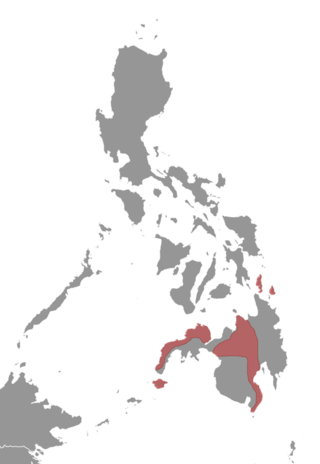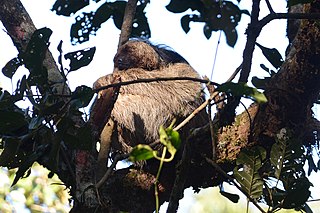Related Research Articles

Aurelian was a Roman emperor, who reigned during the Crisis of the Third Century, from 270 to 275. As emperor, he won an unprecedented series of military victories which reunited the Roman Empire after it had nearly disintegrated under the pressure of barbarian invasions and internal revolts. Born in modest circumstances, near the Danube River, he entered the Roman army in 235 and climbed up the ranks. He went on to lead the cavalry of the emperor Gallienus, until Gallienus' assassination in 268. Following that, Claudius Gothicus became emperor until his own death in 270. Claudius' brother Quintillus ruled the empire for three months, before Aurelian became emperor.

The great crested flycatcher is a large insect-eating bird of the tyrant flycatcher family. It is the most widespread member of the genus Myiarchus in North America, and is found over most of the eastern and mid-western portions of the continent. It dwells mostly in the treetops and rarely is found on the ground.

Pietro Crinito, known as Crinitus, or Pietro Del Riccio Baldi, was a Florentine humanist scholar and poet who was a disciple of Poliziano.
The canyon mouse is a gray-brown mouse found in many states of the western United States and northern Mexico. Its preferred habitat is arid, rocky desert. Vegetation has little or no effect on the distribution of canyon mice, it is instead associated with rocky substrate than any plant. Canyon mice forage in areas with shrub-like vegetation which can be used for protection against predators. It is the only species in the Peromyscus crinitus species group.

The Basilan flying squirrel is a species of rodent in the family Sciuridae. It is endemic to the Philippines. It is often confused with mindanao flying squirrel

Petinomys is a genus of flying squirrels. They are known commonly as the dwarf flying squirrels.
Dipterocarpus crinitus is a species of plant in the family Dipterocarpaceae. The species name is derived from Latin and refers to golden-brown bristle-like hairs that cover the plant parts. It is an emergent tree, up to 60 m tall, in mixed dipterocarp forest on sandy clay soils. It is a medium hardwood sold under the trade names of Keruing. It is found in Peninsular Thailand, Sumatra, Peninsular Malaysia and Borneo.
Taeniodictys is a monotypic moth genus belonging to the family Lyonetiidae described by William Trowbridge Merrifield Forbes in 1933. It contains only one species, Taeniodictys sericella, described by the same author in the same year, which is found in Puerto Rico.
Copriphis is a genus of mites in the family Eviphididae. There are at least three described species in Copriphis.

Auchenionchus crinitus is a species of labrisomid blenny endemic to the Pacific waters off of Chile.

Polistes crinitus is a species of paper wasp most commonly found on Hispaniola, Jamaica and other small Caribbean islands. Subspecies of P. crinitus include Polistes crinitus crinitus, Polistes crinitus americanus, and Polistes crinitus multicolor.
Polistes crinitus crinitus is a subspecies of Polistes crinitus that lives on small Caribbean islands.
Polistes crinitus multicolor is a subspecies of Polistes crinitus that lives on small Caribbean islands.

Abelmoschus crinitus is a species of flowering plant belonging to the mallow family. It was first described by Nathaniel Wallich in 1830.
Panegyrtes crinitus is a species of beetle in the family Cerambycidae. It was described by Galileo and Martins in 1995. It is known from Brazil.
Tetraopes crinitus is a species of beetle in the family Cerambycidae. It was described by Chemsak and Noguera in 2004. It is known from Mexico.
Cremastocheilus crinitus is a species of scarab beetle in the family Scarabaeidae.

Dianthus crinitus is a species of Dianthus in the carnation family found in northwestern Africa, the eastern Aegean Islands, Anatolia, the Transcaucasus and the North Caucasus, Lebanon, Syria, Iran, the Gulf States, and Oman. Common names may be associated more with some subspecies than others, and include hairy carnation and long‑haired pink. It grows on serpentine soils.

Schoenus crinitus is a species of sedge endemic to the Worcester region of the Western Cape Province of South Africa.

The southern maned sloth is a three-toed sloth species.
References
- ↑ BioLib.cz - Lophopogonius crinitus. Retrieved 8 September 2014.